How to Implement an Effective Abandoned Cart Recovery Strategy
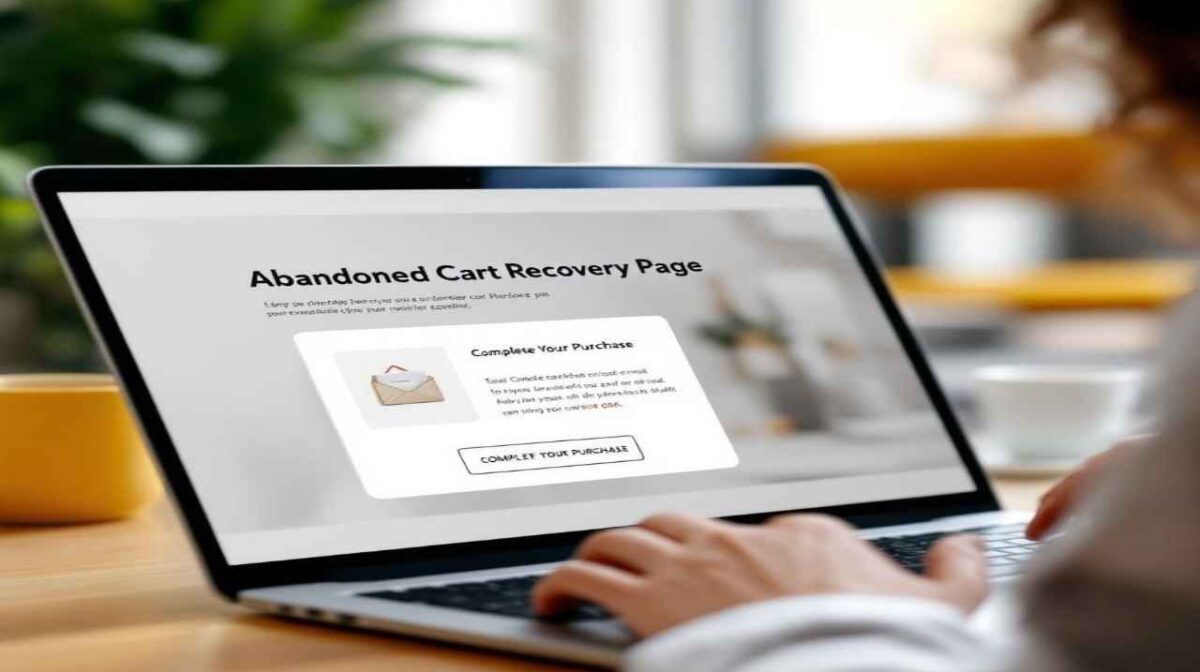
It seems impossible to get rid of shopping cart abandonment, one of the biggest headaches of e-commerce stores. Here is what can happen: A shopper navigates your store, fills their cart and is about to click “Buy” — only they don’t. Poof. That’s a sale that was ripe for the picking. The good news? You don’t have to liquidate your lost revenue.
An abandoned cart recovery strategy can recover those would-be customers and turn “almost sales” into true profits. In this guide, we’ll walk through actionable tactics, such as automated cart recovery emails, retargeting strategies, and personalization, to recover lost sales and improve your e-commerce performance.
Understanding Cart Abandonment and Its Impact on E-commerce
What is Cart Abandonment?
Cart abandonment occurs when a user adds items to their cart and then leaves before making a purchase. An all-too-common problem in e-commerce. According to data, the average cart abandonment is around 69.8%, this means nearly 7 out of 10 potential purchases fail to reach the finish line.
The Impact of Cart Abandonment on Sales
Lost revenue in every abandoned cart. But it doesn’t end there in terms of financial consequences. High abandonment rates could also have an impact on inventory, marketing budgets and customer acquisition costs. The ability to recapture those lost sales not only helps increase revenue, it ensures a better ROI on the marketing investment.
Reasons for Cart Abandonment
Here are the most common reasons customers abandon their shopping carts:
- Unexpected costs, like high shipping fees
- Complicated checkout processes
- Lack of payment options
- Concerns about website security
- Being distracted or not ready to purchase
Understanding these reasons is essential for crafting a strategy to win back hesitant customers.
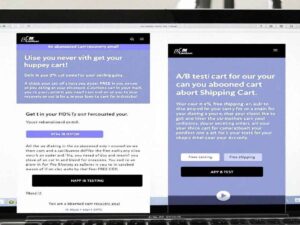
The Importance of an Abandoned Cart Recovery Strategy
Why Recovery Matters
A cart abandonment recovery program is extremely important for all e-commerce businesses as it changes potential losses into potential revenue. And here is why every business needs to address it:
- It assists in reducing the abandonment rate of shopping carts.
- You recover sales that are lost and may never convert otherwise.
- It enhances the general customer experience and lifetime value.
Key Goals of Recovery Strategies
- Decrease Cart Abandonment The right recovery plan means that more people will go all the way through with their purchase.
- Boost Total Revenue: Each sale recovered goes straight into your ecash, and anything recovered adds to your bottom line.
- Improve Customer Relationships: Recovering a customer’s interest demonstrates your commitment and ensures you remain top of mind.
Automated Abandoned Cart Emails
The Power of Automated Recovery Emails
Cart recovery emails are one of the most popular tools for combatting cart abandonment. Another beautifully timed and executed email that reminded the customer of their almost purchase so they could gently nudge them all the way through the process.
Best Practices for Abandoned Cart Emails
Timely Follow-ups:
- First email within one hour of abandonment.
- Second reminder after 24 hours.
- Final follow-up 48 hours later to create urgency.
Personalization:
- Address customers by their first name.
- Include the exact items left in their cart to jog their memory.
Clear Call-to-Actions (CTAs):
- Use persuasive CTAs like “Complete Your Purchase” or “Return to Your Cart.”
Offer Incentives:
- Include discounts, free shipping, or bonus perks to close the sale. For example, “Come back and enjoy 10% off your order!”
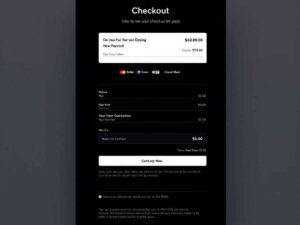
Retargeting and Remarketing Strategies
What is Retargeting?
Retargeting employs ads to lure back shoppers who abandoned their carts. They show up on sites like Facebook, Instagram and Google, depicting the specific products that a customer left behind.
How Retargeting Works
Sophisticated tools including dynamic product ads present car abandoners with personalized ads. These adverts also build familiarity, increasing the rate that consumers will return to it and complete their orders.
Benefits of Remarketing
Retargeting is not only about selling stuff. It’s being top-of-mind and cultivating the potential relationship. When done right, it increases the rate of recovery by an order of magnitude or more.
Personalizing the Abandoned Cart Recovery Process
Why Personalization Works
People are more likely to take action that makes them feel appreciated. This connection is enabled by personalization: by delivering recovery in the way the customer wants and acting on the data of the way the customer behaves.
Personalization Strategies
- Product Recommendations:
Suggest similar or complementary items alongside the abandoned cart items to entice bigger purchases.
- Customer Segmentation:
Separate first-time shoppers from loyal customers and craft targeted messages for each group.
- Behavioral Triggers:
Adjust recovery messages based on cart value, purchase history, or time spent on the product page.
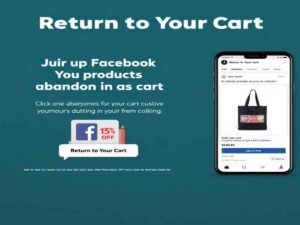
Tools for Effective Abandoned Cart Recovery
Popular Cart Recovery Tools
- Shopify Cart Recovery App:
- Tracks abandoned carts and automates recovery follow-ups.
- Klaviyo:
- Sends personalized emails based on customer behavior.
- CartStack:
- Integrates with major platforms and offers multichannel recovery strategies.
Features to Look For
- Automation:
Ensures timely, consistent follow-ups without manual effort.
- Analytics and Reporting:
Tracks performance metrics and helps refine campaigns.
- Platform Integration:
Seamlessly works with popular e-commerce platforms for easy implementation.
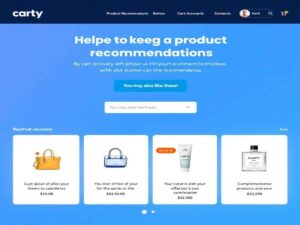
Testing and Optimizing Your Cart Recovery Strategy
A/B Testing for Emails
Test the following elements to find what drives the highest recovery rates:
- Subject lines
- Email content
- Timing of follow-ups
- CTA effectiveness
Metrics to Track
Monitor:
- Open Rates for email performance.
- Click-Through Rates (CTR) for customer engagement.
- Conversion Rates to measure sales recovery success.
Optimizing Retargeting Ads
Refine ad creatives, target audience segments, and offer incentives to improve campaign results continuously.
Overcoming Common Cart Abandonment Challenges
Address Key Pain Points
- Price Sensitivity:
Offer discounts, bundles, or financing options during the recovery process.
- Shipping Costs:
Promote free or reduced shipping options for cart abandoners.
- Complicated Checkout:
Streamline checkout processes by eliminating unnecessary steps and offering multiple payment methods.
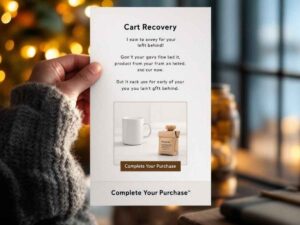
Recover Lost Sales and Boost Revenue Today
Reclaiming abandoned carts is about more than sales. It’s a must-have for e-commerce success. Using automated emails, retargeting ads, and personal tactics, you can bring customers back and create lifelong relationships.
Begin implementing these tactics today, then track your e-commerce recovery rates and notice the effect. Need help? Test our cart recovery product so you can start recovering your lost profits today. Get started now!
Frequently Asked Questions (FAQ)
What does cart recovery mean?
Cart recovery refers to the tactics and tools merchants use to lure customers back to their online shopping carts. Businesses can try to tap into these customers and nudge them to finish purchasing rather than lost sales.
What are some good cart recovery tactics?
You can try and fix this issue by following the best methods like: send automatic reminder mail, retargeting the ads appealing the discount, create gateway to pay and flash discounts which can be implemented without any code changes.
How does cart recovery tool work?
An abandoned cart recovery tool automatically follows up when a cart’s been abandoned with reminder emails or other customer touch points. It gives us actionable insights and tools to connect with potential buyers and increases the likelihood of regaining lost revenue.
Why is abandoned cart recovery so crucial for online merchants?
Cart recovery is important because it directly hits your revenue. Those who abandon their cart equate to missed sales potential, and when you can recover even a portion of these sales, it can have a notable impact on your business’s profitability.
When should I send a customer follow-up after a cart has been abandoned?
It is recommended to follow up within 1-2 hours after cart abandonment while the customers are still quite interested in the product. O”tions can be automated by alot of these tools in order to keep in touch with buyers at the right time.





